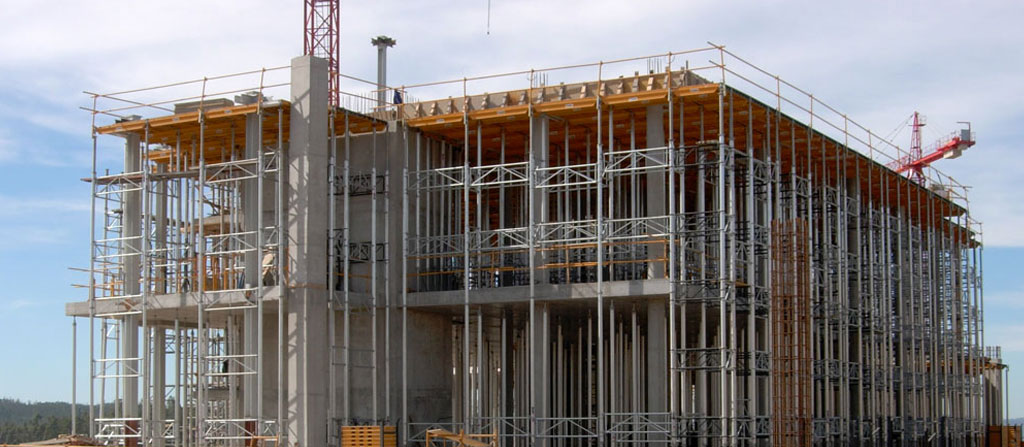What roles do props play in formwork during construction?
In the realm of construction, formwork is a temporary or permanent mould into which concrete or similar materials are poured. Props, also known as shoring, play a pivotal role in supporting formwork systems, ensuring they remain stable and secure until the concrete has cured and gained sufficient strength. Let's delve into the various roles that props play in formwork during construction projects.

Support and Stability
The primary role of props in formwork is to provide support and stability. They bear the load of not just the formwork itself but also the wet concrete and the dynamic forces applied during the pouring and curing processes. By doing so, props help maintain the formwork's shape and integrity, preventing deformation or collapse that could compromise the concrete structure's quality and safety.
Adjustability and Versatility
Many modern props, such as telescopic steel props and adjustable props, offer a range of adjustability. This feature is crucial for accommodating varying heights and load requirements across different sections of a construction project. The versatility of adjustable props allows for their use in a wide array of formwork configurations, from slabs and walls to columns and beams, making them indispensable in modern construction practices.
Load Distribution
Props play a vital role in distributing loads evenly across the formwork structure. Proper load distribution is essential to prevent excessive stress on any single point of the formwork, which could lead to failure. By ensuring even load distribution, props help maintain the structural integrity of both the formwork and the concrete it moulds.
Safety Enhancement
The use of props significantly enhances the safety of construction sites. A well-propped formwork system reduces the risk of accidents caused by structural failures, protecting workers and equipment. Furthermore, the stability provided by props allows workers to move and operate more freely and safely around the formwork.
Efficiency in Construction
Props contribute to the efficiency of construction projects by enabling quicker setup and dismantling of formwork systems. Adjustable and telescopic props, in particular, can be rapidly deployed and adjusted to the required specifications, saving valuable time. This efficiency not only speeds up the construction process but also reduces labour costs.
Choosing the Right Props for Formwork
Selecting the appropriate type and size of props for a specific formwork setup involves considering several factors:
- Load Requirements: Evaluate the total weight the props will need to support, including the formwork, concrete, and any additional loads.
- Height Adjustability: Choose props that offer the necessary height range for your project, ensuring they can be securely locked at the desired height.
- Material and Durability: Consider the material of the props (e.g., steel or aluminium) and their durability, especially for projects with extended construction periods or harsh environmental conditions.
Maximizing Structural Integrity and Safety
In conclusion, props are fundamental to the success and safety of formwork in construction. Their roles in providing support, stability, load distribution, and safety are invaluable, underscoring the importance of selecting the right props for each project. By understanding and leveraging the capabilities of various types of props, construction professionals can ensure the structural integrity of their projects while enhancing on-site safety and efficiency.
